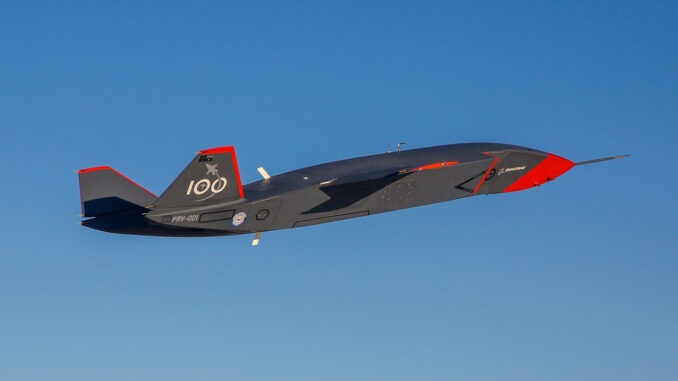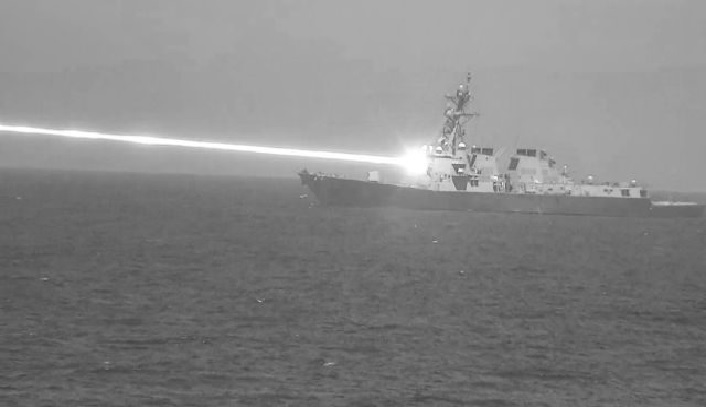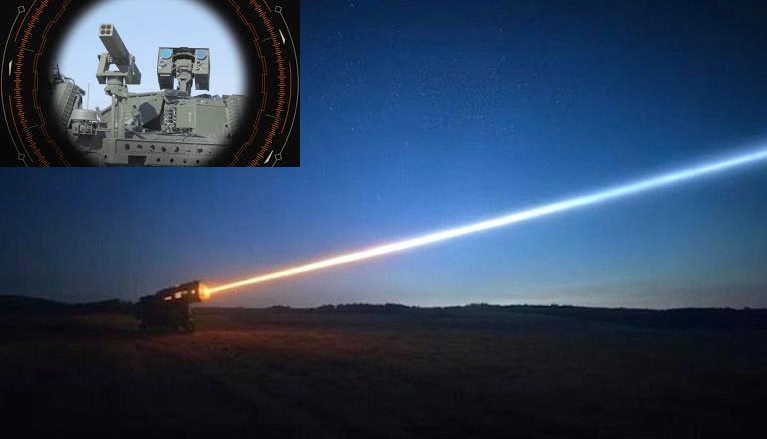Boeing to Test Advanced Drones for Japan’s ‘Loyal Wingman’ Program

The Japanese Ministry of Defense has taken a major step in its effort to integrate cutting-edge technology into its defense systems. It recently awarded a contract worth 155.1 million Japanese yen (approximately $979.8 million) to Boeing for testing aerial drones designed for manned-unmanned teaming (MUM-T) operations. This initiative aims to bolster Japan’s combat capabilities by integrating drones that can operate alongside manned aircraft, echoing the U.S. military’s "loyal wingman" concept.
Aiming for Collaborative Combat Systems
This project is part of Japan’s broader plan to enhance its Self-Defense Forces' capabilities. The idea is to develop drones that not only complement existing fighter jets but also integrate seamlessly with the country's future sixth-generation fighter jet. This ambitious sixth-generation program is being developed in partnership with Italy and the UK.
The Acquisition, Technology & Logistics Agency (ATLA) selected Boeing due to its proprietary testing software and deep expertise in developing unmanned systems. The contract tasks Boeing with simulating drones capable of conducting combat missions collaboratively with manned aircraft.
In addition, Japan has been actively collaborating with international partners to advance its capabilities in artificial intelligence (AI) and machine learning for military applications. In 2023, Tokyo agreed with the U.S. Department of Defense to jointly explore AI solutions for future drones. Japan, the U.S., and Taiwan also initiated a project to share real-time drone data for enhancing regional defense coordination, particularly in the Pacific.
Boeing’s MQ-28 Ghost Bat: A Model for the Future
Boeing’s MQ-28 Ghost Bat drone is at the heart of its manned-unmanned teaming experiments. Initially developed in collaboration with the Royal Australian Air Force, this drone is now being used for similar ventures by the U.S. Air Force.
The MQ-28 Ghost Bat is a versatile platform with impressive specifications:
- Length: 12 meters (40 feet).
- Wingspan: 7 meters (23 feet).
- Speed: Subsonic, powered by a turbofan engine.
- Range: Over 2,000 nautical miles (approximately 2,301 miles or 3,704 kilometers).
- Features: The Ghost Bat is equipped with advanced radars, electro-optical sensors, and electronic warfare systems, making it suitable for a variety of combat and surveillance roles.
This drone is designed to operate as a "loyal wingman," providing advanced capabilities to manned aircraft by engaging in tasks such as electronic warfare, reconnaissance, and even direct combat.
Japan’s Indigenous Development Efforts
While leveraging Boeing’s expertise, Japan is also working on its own indigenous drone development programs. Mitsubishi Heavy Industries is actively developing unmanned systems tailored for both combat roles and support functions for the upcoming sixth-generation fighter jet. These efforts highlight Tokyo’s intent to build a robust, multi-layered aerial defense system.
Strengthening Pacific Security
Japan’s manned-unmanned teaming initiative is not just about technological advancement; it also has significant geopolitical implications. By collaborating with the U.S. and other allies, Japan is solidifying its position in the Pacific region's defense ecosystem, particularly in light of increasing challenges posed by rival powers.
This contract with Boeing signals a critical milestone in Japan’s journey to integrate autonomous technologies into its defense forces, offering a glimpse into the future of aerial warfare. With advancements in AI, sensor technology, and international collaboration, Japan is poised to take a leading role in the evolving landscape of modern military aviation.



